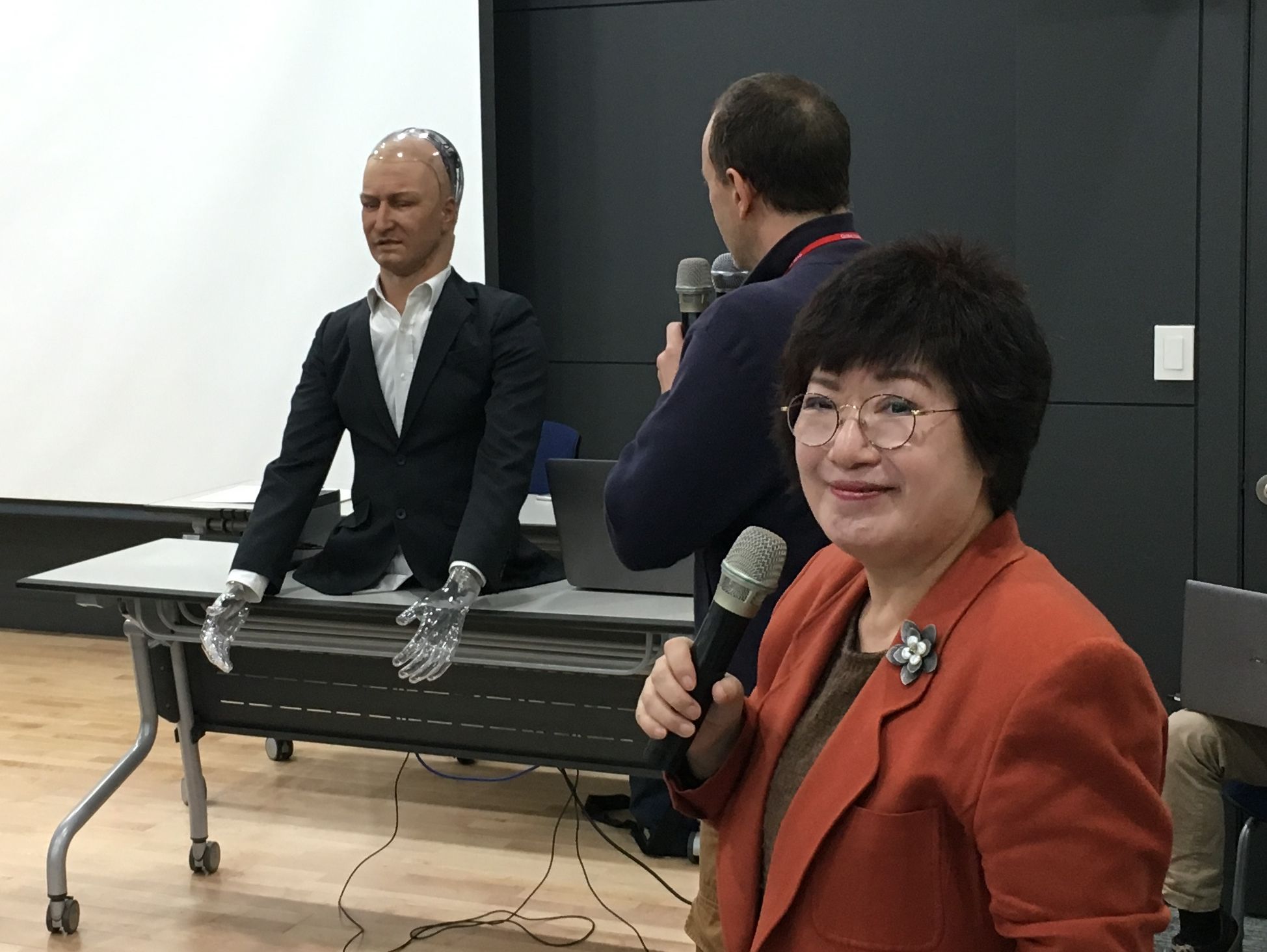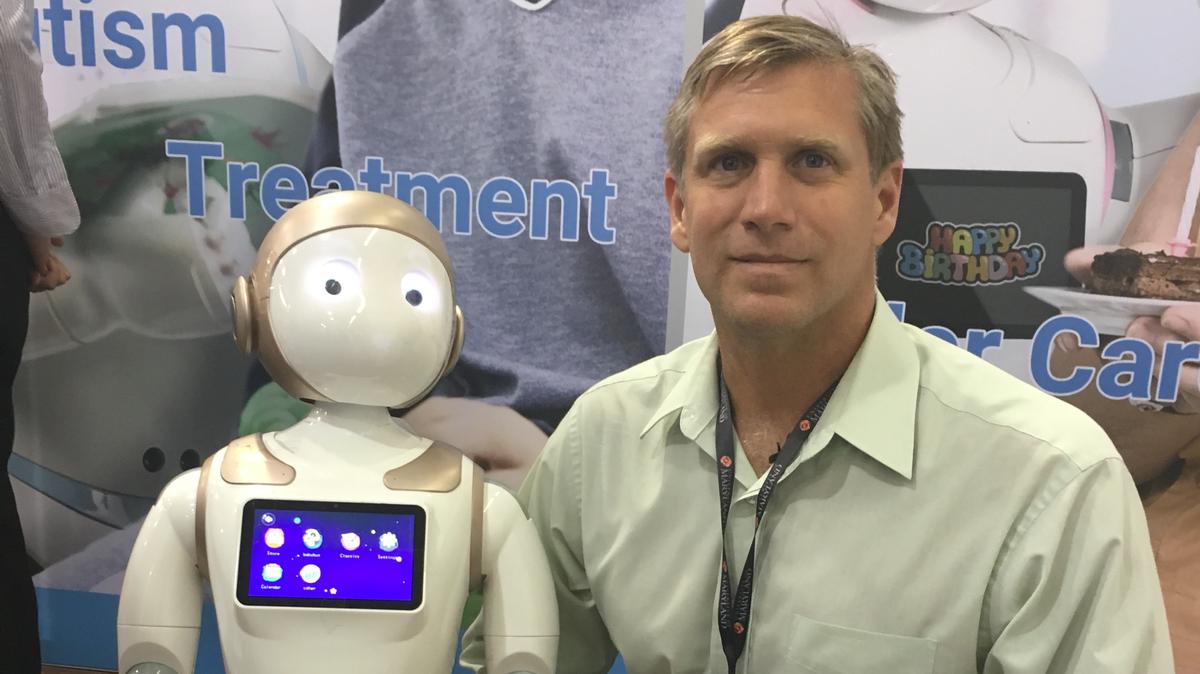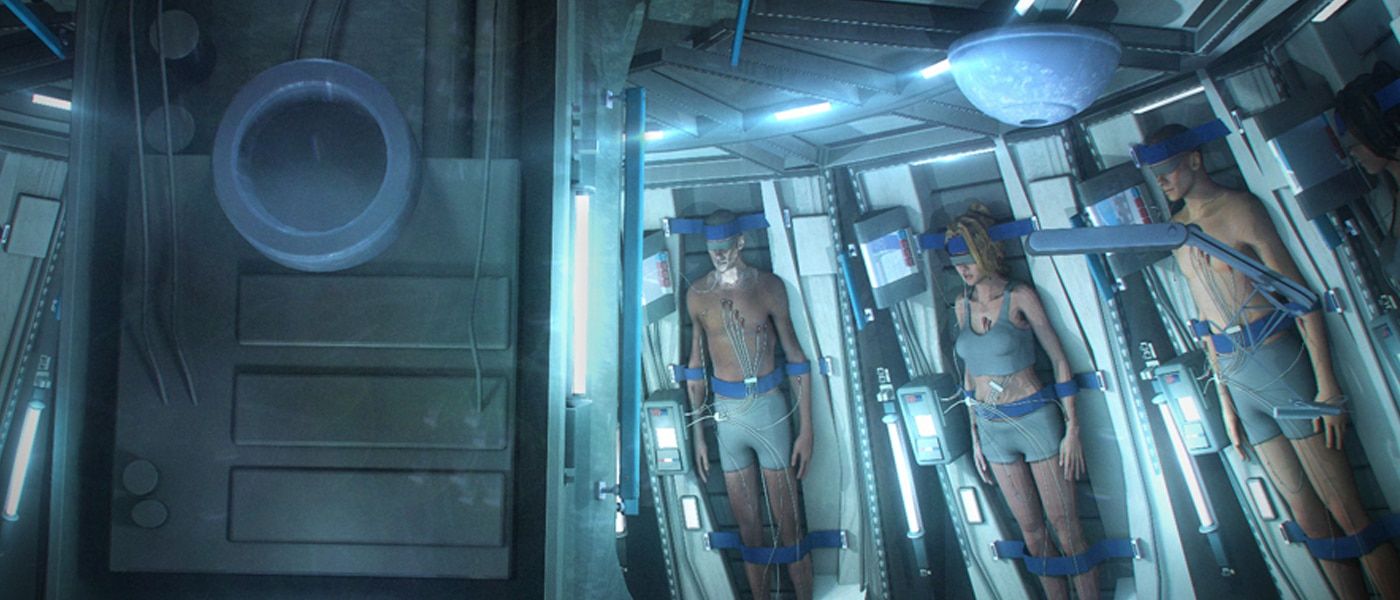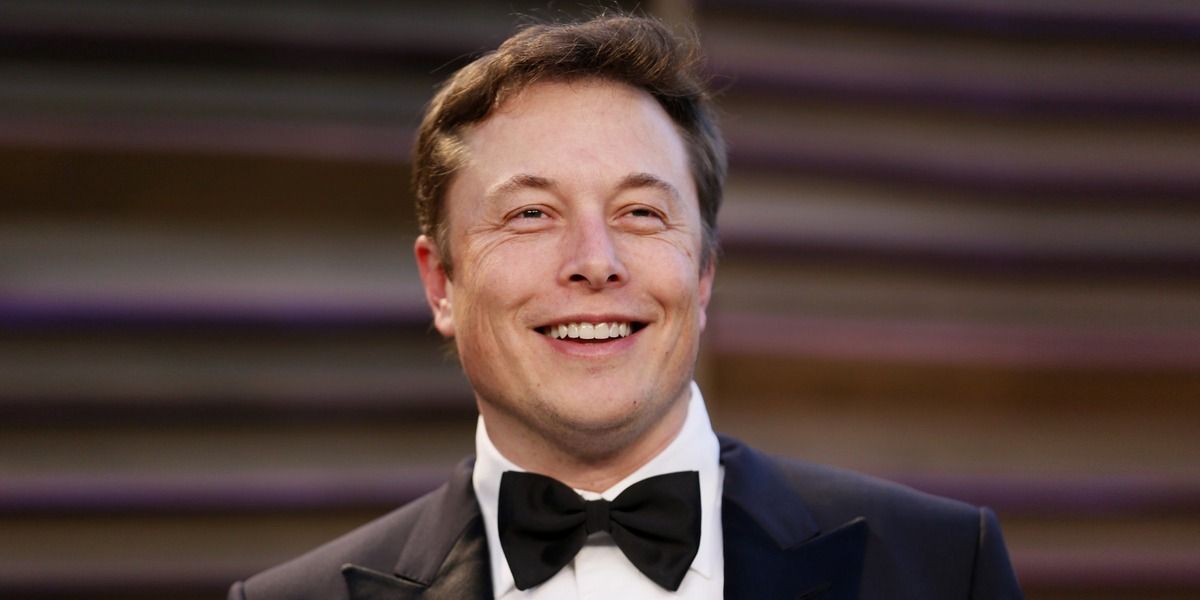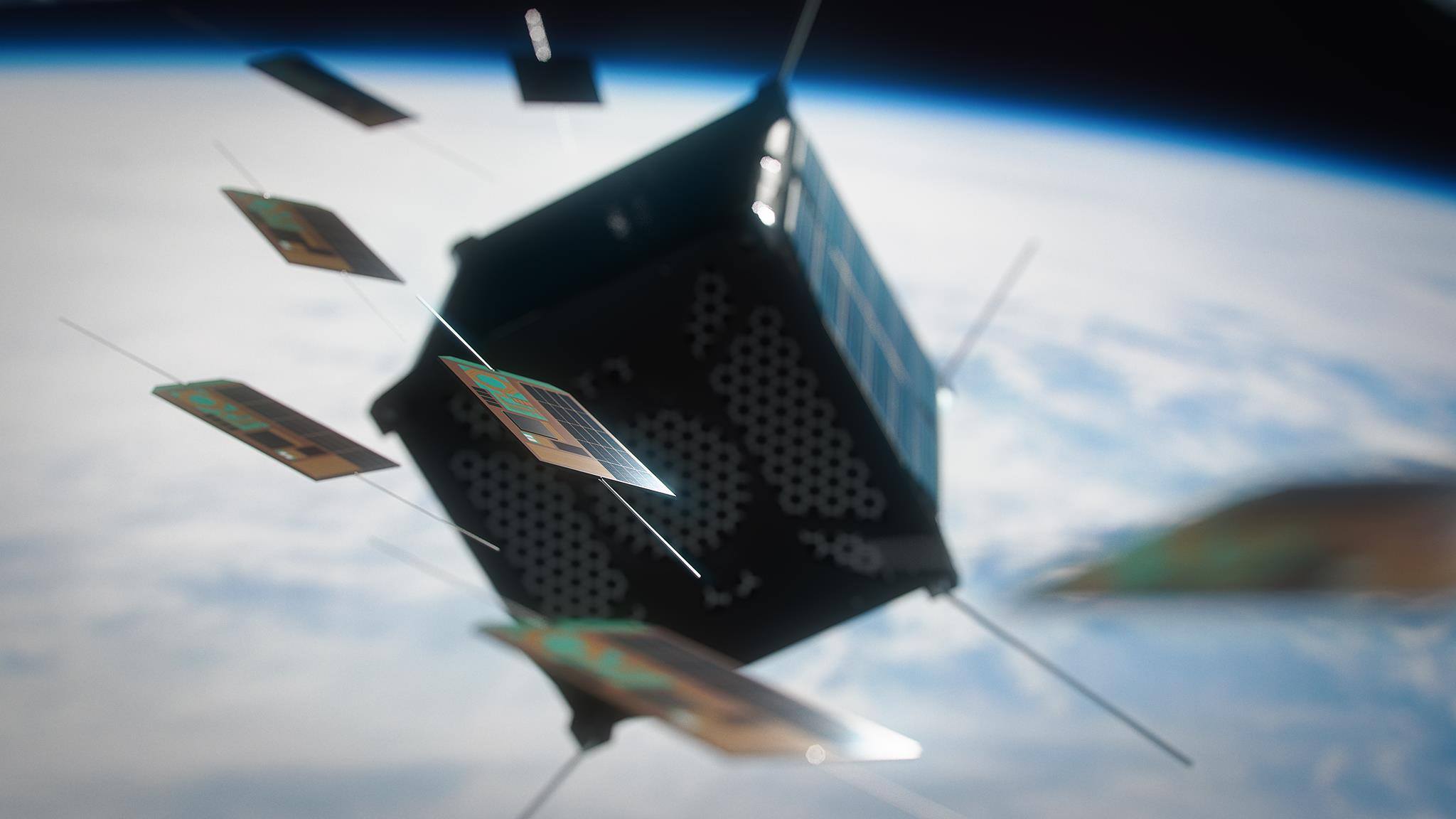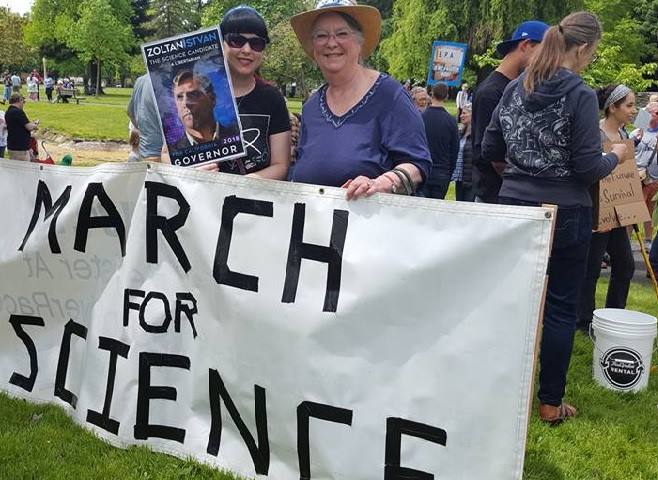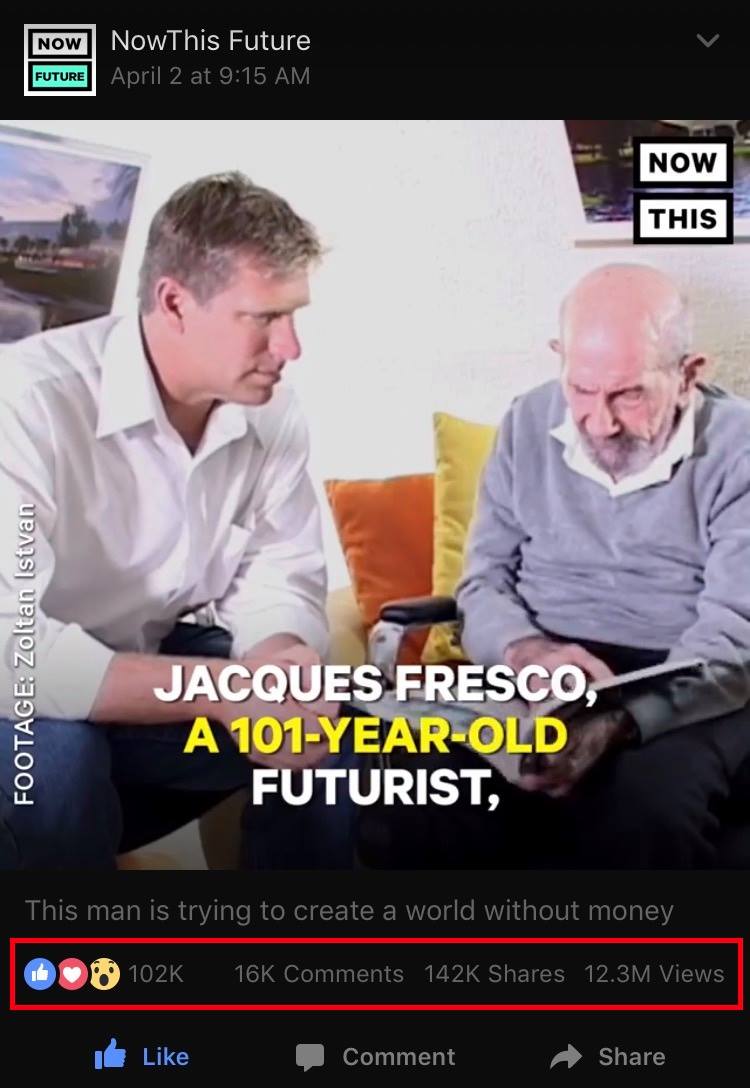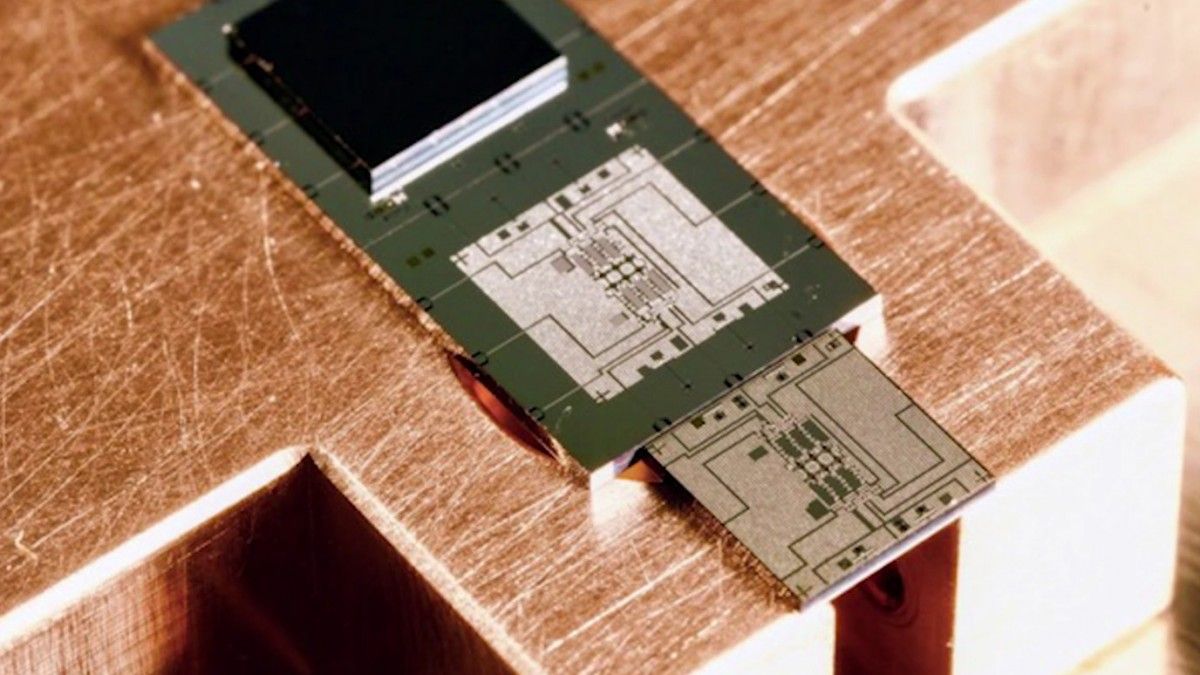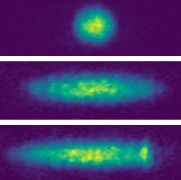My new Vice Motherboard article on interviewing four humanoid robots: https://motherboard.vice.com/en_us/article/i-talked-to-four-humanoid-robots #transhumanism
“Human relationships can be hard to define.”
Over the last 18 months, I’ve found myself in the strange habit of hanging out and interviewing English-speaking humanoid robots. I was able to chat with four machines, each which possessed some level of artificial intelligence. Even though none of them could fully carry on normal conversations, they all had something to say. And sometimes, what they say and how they say it, is a piercing glimpse into the future of humanity.
Three of the robots I talked to were mass-production models: Pepper, Meccanoid, and iPal. The fourth was Han, which was presented by AI expert Dr. Ben Goertzel, chief scientist at Hanson Robotics. The various price tags of these bots range from $200 on Amazon, to potentially many millions of dollars for something like Han. The production robots are all between three to four feet tall and are mobile. Han is just an upper body, the torso of which rests against whatever he’s placed upon.
